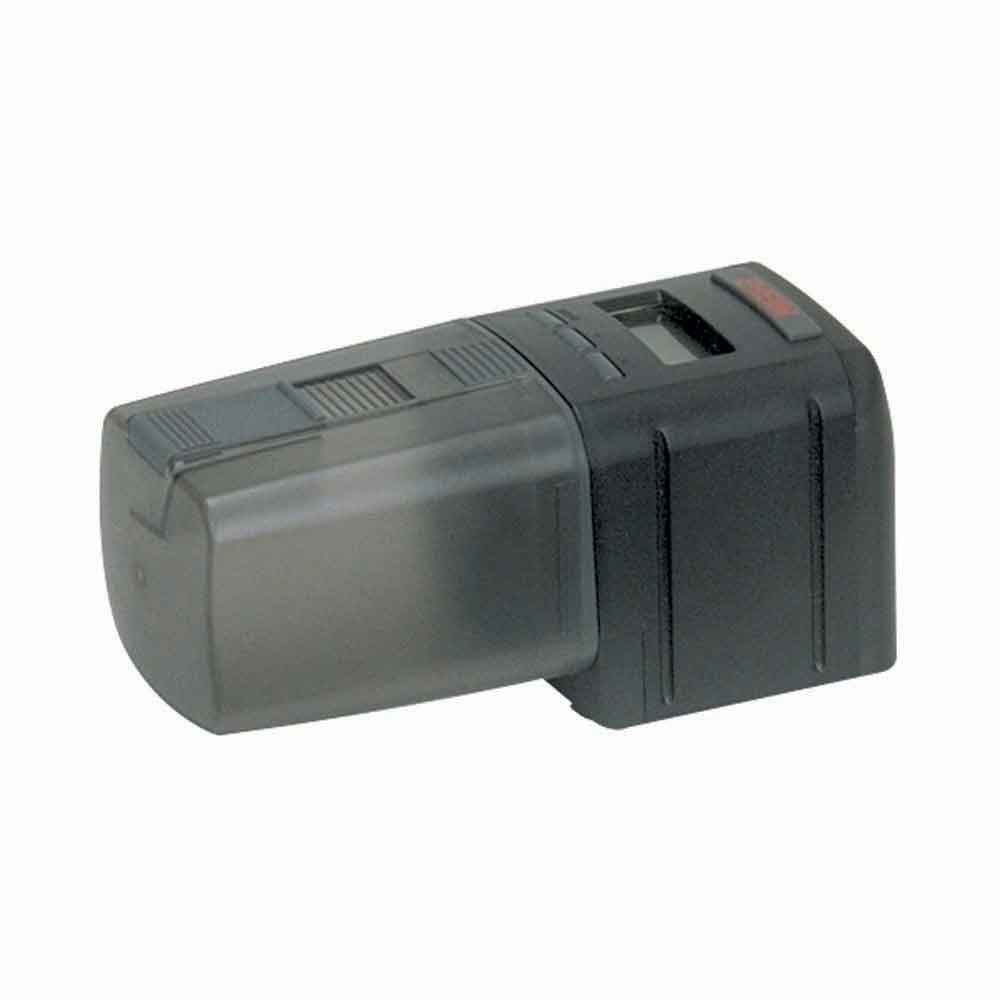September was a bad month for Honolulu Harbor and all of the fantastic fish, corals and wildlife that called it home. On September 09, 2013 over 233,000 gallons of molasses spilled into the harbor, sinking to the sea floor and suffocating everything in it’s wake. The cracked pipe that allowed the mess to flow into the harbor was repaired within days, but the damage caused by the viscous mess has been rapid and devastating.
You think of molasses and you don’t think of widespread death, but flood a pristine marine environment with sugary syrup and that’s the result. The heavy fluid ends up being lethal in several ways. The goop clogs gills, suffocating fish quickly. It coats corals and inverts, robbing them of light, oxygen and water flow vital to their ability to thrive. The sugars are also a rich food source for marine bacteria which reproduce in massive numbers, depleting dissolved oxygen as their numbers grow. The dissolved sugar alters the pH of the water and also creates what’s called an osmotic effect, basically dehydrating marine organisms whose living cells expel water in an attempt to equalize with their external environment. Within hours the death toll began to rise, and to date thousands upon thousands of fish, inverts, corals and even other animals like sea turtles have perished.
Unlike oil spills that may be wicked off of the surface of the water, the nature of this spill means that cleanup of the molasses itself is not an option. The syrup will dissolve and nature will slowly eat it up and wash it out of the harbor and into the sea. Clean-up in this case means fix the leak, monitor the progress of the damage, and collect the carnage of dead sea creatures that wash up on shores and pile up in shallow areas so that predators like sharks and barracuda aren’t attracted to area. While some creatures may bounce back and return to the harbor pretty quickly, it may be years until the coral reefs, vital to the economy and ecology, in the harbor recover.
What a sad situation. Unfortunately, the only real course of action is to allow nature to clean up another man made mess. On the bright side, nature knows how to take care of herself, and despite the scope of the problem, this particular spill is in many ways still better than oil or some other chemical deluge. Now all anyone can really do is wait and see…
 That Fish Blog – Aquarium Advice and Information
That Fish Blog – Aquarium Advice and Information




